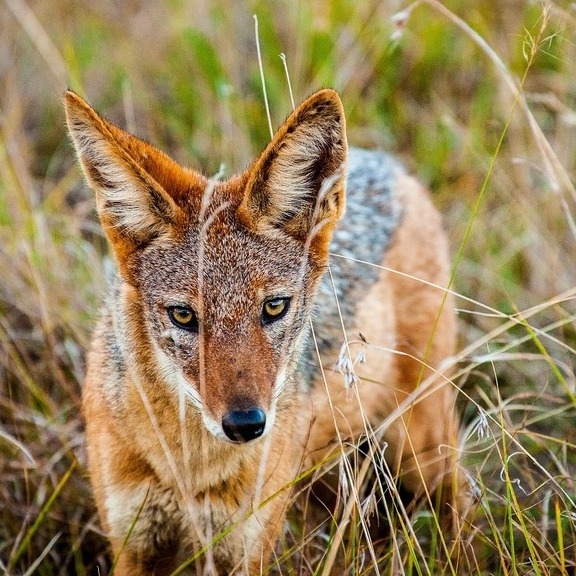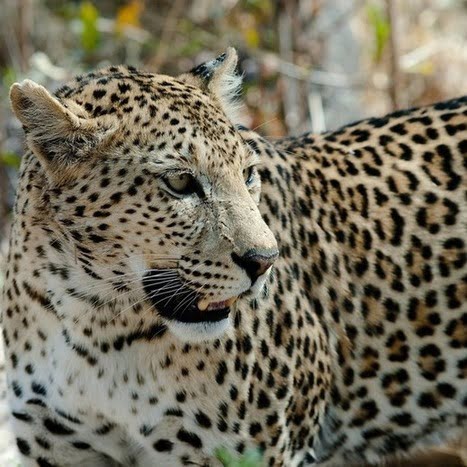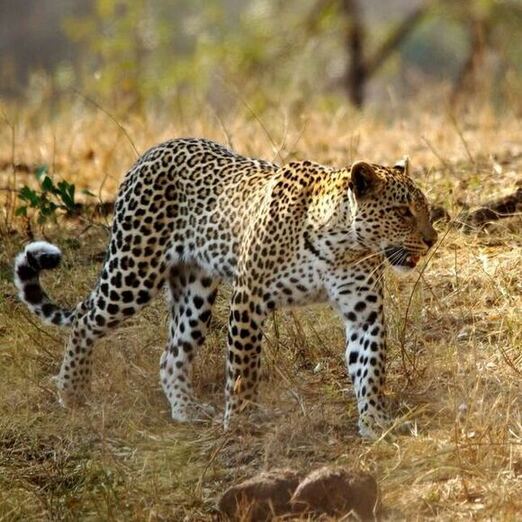Wildlife in India - Indian wildlife Species
Wildlife in India – Wildlife species information
India is the land of National Parks, Tiger Reserves and Wildlife Sanctuaries. India is very rich in its wildlife. Collectively India has 870 Protected Areas, Including National Parks, Wildlife Sanctuaries, Elephant Reserves, and other Conservation and Community Reserves.
Tiger Reserves are generally constituted by joining National Parks and Wildlife Sanctuaries so Tiger Reserves are not counted directly in the Protected Areas of India.
All these protected areas cover more than 1,65,000 sq km which is approximately 5% of the whole country’s area.
With so much protected area, India is an amazing country for wildlife, wildlife lovers and photographers. Also, India is home to a wide range of wildlife that includes mammals, birds, reptiles, various species of herbs and plants holding medicinal importance and most importantly the top predators in the food chain “The Big Cats”.
India hosts the 3 prime big cats of the Felidae family, they are Tiger, Lions, and Leopards. Along with these big cats, there are many medium-sized wild cats roam in Indian Jungle and can be spotted in India forest.
Top Big Cats of India
- Asiatic Lion
- Royal Bengal Tiger
- Indian Leopard
- Black Panther
Medium-sized Wild Cats of India
- Clouded Leopard
- Snow Leopard
- Jungle Cat
- Caracle
- Marbled Cat
- Leopard Cat
- Lynx
- Golden Cat
- Indian Civet
Big Five of India
Like Big Five in Africa, India also host Big Five and they are:
- Asiatic Lion
- Royal Bengal Tiger
- One Horned Rhinoceros
- Indian Elephant
- Wild Water Buffalo
Other wildlife in India
If we talk about other important mammals/animals, India is also the top adobe for One-Horned Rhino, Asian Elephants, Wild Water Asian Buffalo, Sloth Bear, Indian Guar / Bison, Sambar Deer, Hangul, Himalayan Wolf, Lion Tailed Macaque, Barasingha, Bengal Fox, Golden Fox, Striped Hyena, Honey Badger and many more. India is home to a variety of Wildlife, Flora & Fauna including many endangered & critically endangered wild species
Reptiles in India
India also has a wide range of Reptiles ranging from a Garden Lizard to King Kobra and Monitor Lizards. India hosts more than 600 species of Reptile and some of them are very rare to spot and marked critically endangered in the IUCN List
List of Reptiles in India
King Cobra
King cobra is one of the most dangerous snakes in the whole world. It can be commonly found in India and throughout Southeast Asia. It can grow up to 13.1ft. It has a lifespan of between 17 and 20 years.
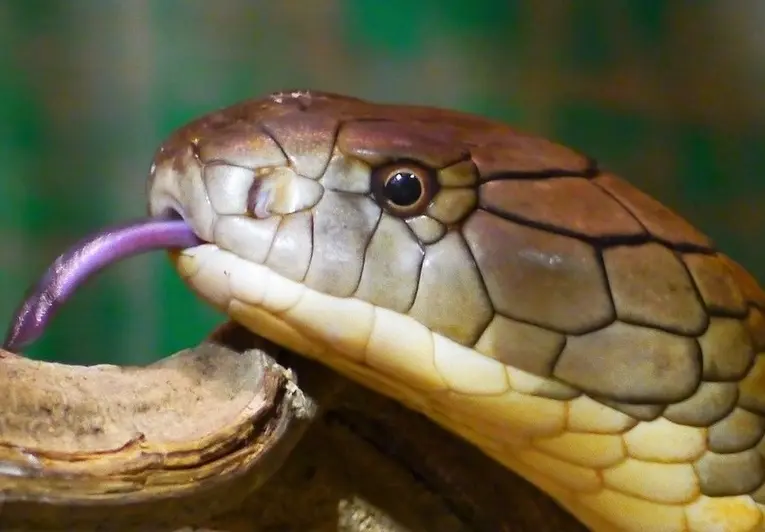

Marsh Crocodile
Marsh Crocodiles are also known as Mugger Crocodile. They have the broadest snout among living crocodilians. Marsh crocodile’s main diet consists of fish, birds, and mammals. It can live up to 45 years. They are commonly found in Asia, Mostly in India.
Saltwater Crocodile
Salt Water Crocodile are mostly found in Southeast Asia. Male Salt Water Crocodile can grow to a length of 6 meters, whereas a female can grow to 3 meters. Like any crocodile species, they too are hyper carnivorous hunters. They have a life span of 70 Years
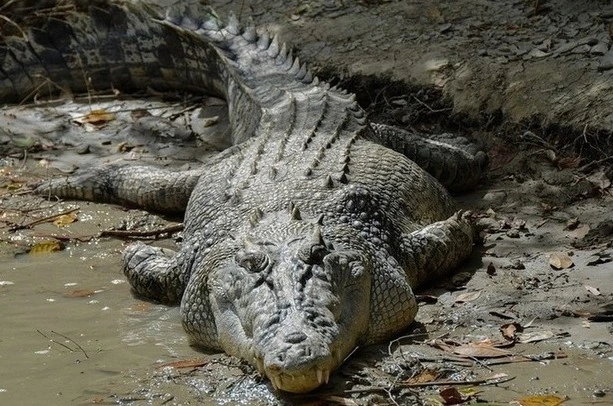

Gharial
The Gharial is also known as Fish-eating Crocodile. The female of Gharial can grow up to 4.5 meters whereas males can grow up to 3-6 meters. Sharp interlocking teeth and long narrow scout are their special features. The life span of Gharial is not exactly known and is thought to have 50-60 years.
Bengal Monitor Lizard
Bengal Monitor Lizard is also known as Common Indian Monitor. They are commonly found in Southeast and West Asia, especially in India. They can grow up to 175 cm. The lifespan of the Bengal monitor lizard is 22 years.
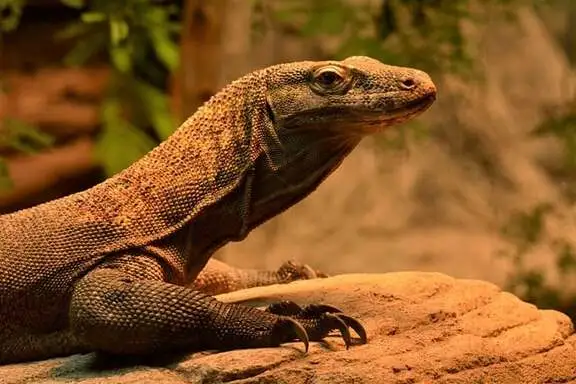

Monitor Lizard
There are about 80 species of Monitor Lizards all over the World. They can grow up to a length of 3 meters, some species can grow up to 7 meters, but they are now extinct. The lifespan of Monitor Lizard is 5 Years.
Water Monitor
Common Water Monitor is also known as the Asian Common Monitor. It is commonly found in Northeast India and Srilanka. Male Water Monitor can grow up to 1.5-2 meters whereas females are comparatively smaller. The lifespan of the Water Monitor is 20 years.
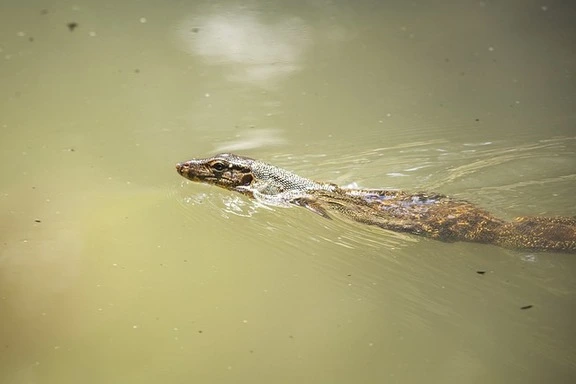
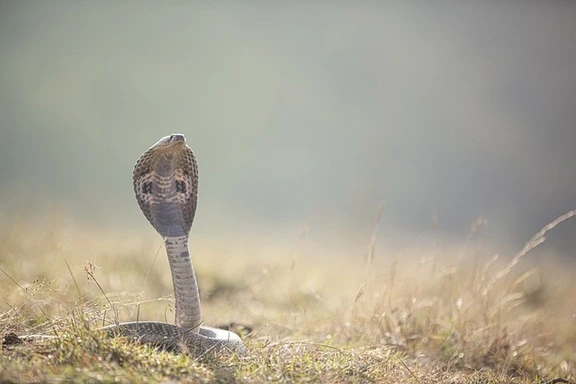
Indian Cobra
The Indian cobra is also known as Asian Cobra. It is commonly found in India, Pakistan, & Bangladesh. It can grow up to a length of 1-2 meters. Indian Cobras can live a lifespan of up to 3 Years.
Russell’s Viper
The Russell’s Viper is commonly found in Asia, mostly in India, China, & Taiwan. They are considered as one of the most dangerous Snakes in India. They can grow up to a length of 5.5 ft, but the average length is 4 ft. The Russell’s Viper has a lifespan of 15 years.
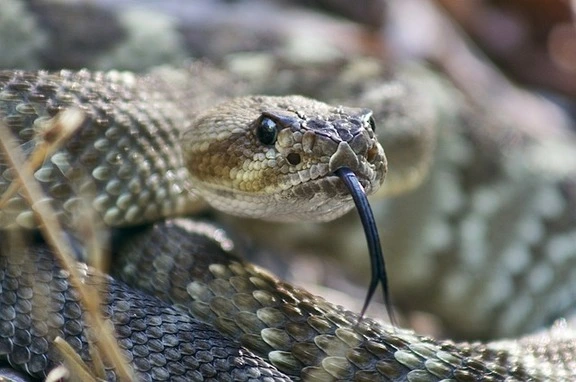

Rock Python
Rock python is a non-venomous Snake. But it is as dangerous as any venomous Snakes. They are mostly found in Africa and in India. They can grow up to or more than 6 meters. It has a lifespan of 30 years.
Indian Softshell Turtle
Indian softshell Turtle is also known as Gange’s softshell Turtle. They are commonly found in India, in the vicinity of rivers Ganges. They can grow up to a length of 94 cm. The lifespan of the Indian Soft Shell Turtle is 50 Years.
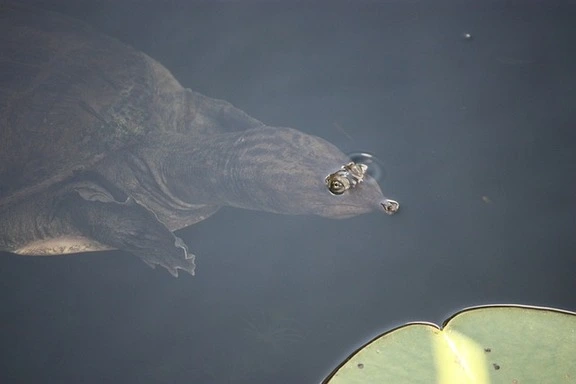
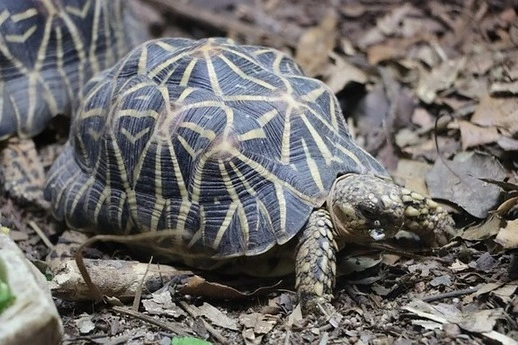
Olive Ridley Sea Turtle
The Olive Ridley Sea Turtle is also known as Pacific Ridley Sea Turtle. It is commonly found near the coastal areas of Pacific and Indian Ocean. They can grow up to 61 cms and They are the second smallest among the Tortoise family. The life expectancy is 50 Years.
Indian Star Tortoise
The Indian Star Tortoise is commonly found in India, Pakistan, and Srilanka. They are an endangered species Tortoise. They can grow up to 10 inches. The patterns on its shell is highly attractive. It can live up to 30-50 Years.

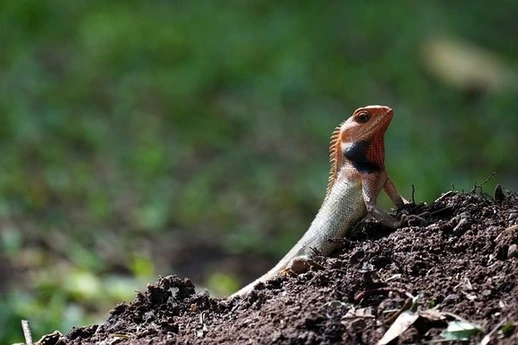
Indian Chameleon
The Indian Chameleons are mostly found in India and Srilanka. They can change color rapidly in ease. They can grow up to a length of 7 inches and tail can have a length up to 8 inches. The lifespan of Indian Chameleon is between 2-3 Years.
Birds of India
There are more than 1300 types of Birds native to India and a wide range of Migratory birds that visit India every year. Right from the Himalayas to the western ghats and from Great Rann of Kutch to the North-East states of seven sisters, the skies of India see a variety of feathers.
Types of birds in India can be further classified into two categories. Native Indian Birds and Migratory Birds. Native Indian Birds are the type of birds residing permanently in India, Where are migratory birds are the birds of other continents who visit India during their migration from one continent to another every year.

Birds of India
Top Indian Birds (Native)
Birds that are endemic to a certain geographic location or region are known as native birds. They are also referred to as endemic birds.
Top Migratory Birds in India
Various migrant bird species consider India their home, including Siberian cranes, Greater Flamingos, and Asiatic Sparrow Hawks. Other prominent migratory bird sights in India are Keoladeo National Park in Rajasthan and the Khijadia Bird Sanctuary in Gujarat. Here are India’s top five migratory birds:
Greater Flamingos
Greater flamingos, with pinkish-white plumage and a unique bent beak, are the biggest and most common of the six flamingo species. These well-known pink birds can be found in warm, aquatic environments on several continents, including Asia’s coastal regions of India and Pakistan. The IUCN classifies it as the least concern in terms of conservation.
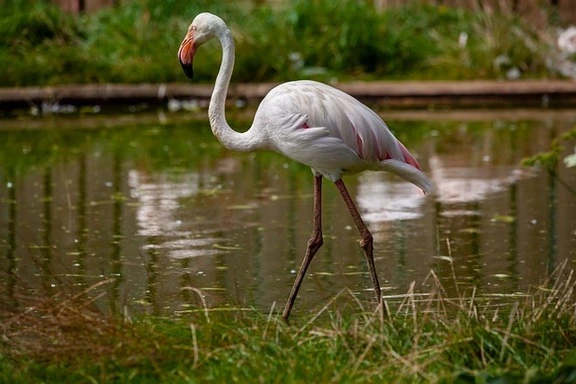
The Siberian Crane
The Siberian crane, often known as the Siberian white crane, is a species of bird in the Gruidae family. They are normally 4.9–8.6 kg in weight and 140 cm tall. The Siberian crane’s state of conservation is critical.

The Amur Falcon
The Amur falcon is a compact falcon species raptor. It usually eats late at night or early in the morning, catching a variety of insects in the air. The extensive breeding area and substantial population size have led to the species being classified as of least concern.

Demoiselle Crane
The Demoiselle crane is a variety of cranes found in central Europe. It is 85–100 cm long, stands 76 cm tall, and weighs 2-3 kg. It is the most compact crane species.
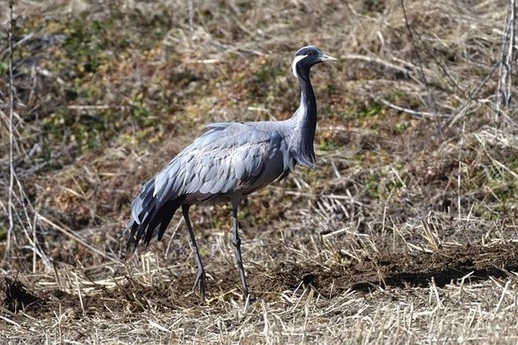
Northern Shoveler
The northern shoveler,is commonly known as “shoveler” in the UK, is a popular and ubiquitous duck. They are 48 cm long and 600 g in weight. Their numbers have been stable since the 1960s and have risen to more than 5 million birds in recent years, owing to ideal breeding, migrating, and living circumstances.
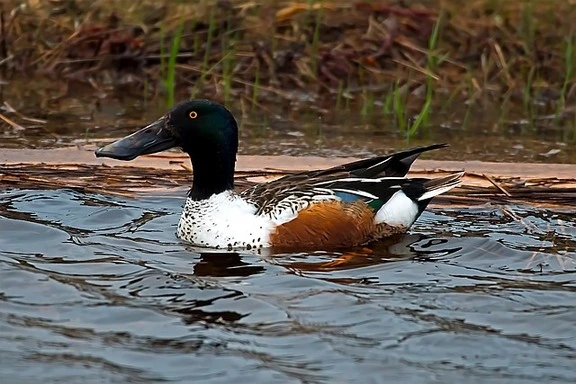
Flora of India
India holds a record of hosting around 6-7% of the total plant species of the world. There are more than 50000 species of plants in India and many of them are very useful and hold very important medicinal values. Because of the wide range of climate, topologies and habitat India is heaven for the medicinal plants and herbs.
If we talk about Trees, still India has a huge variety of Trees ranging from trees found in High Altitude to the tropical rainforest trees in the Western Ghats of India.
The major flora species of Indiar
- Sal Tree
- Teakwood
- Neem tree
- Babool Tree
- Sacred Fig
- Ashoka Tree
- Deodar Cedar
- Giant Calotropis
- Pongame Oil Tree
- Indian SandalWood
- Date Palm
- Banyan
- Java Plum
- Aloe vera
- Basil
India’s biggest advantage of hosting so many wild species of mammals, plants and other animals is India’s climate and it’s the weather. The diverse range of climatic conditions in India makes it favorable for most of the wild species, various types of birds, migratory birds, reptiles, plants & trees to flourish.

